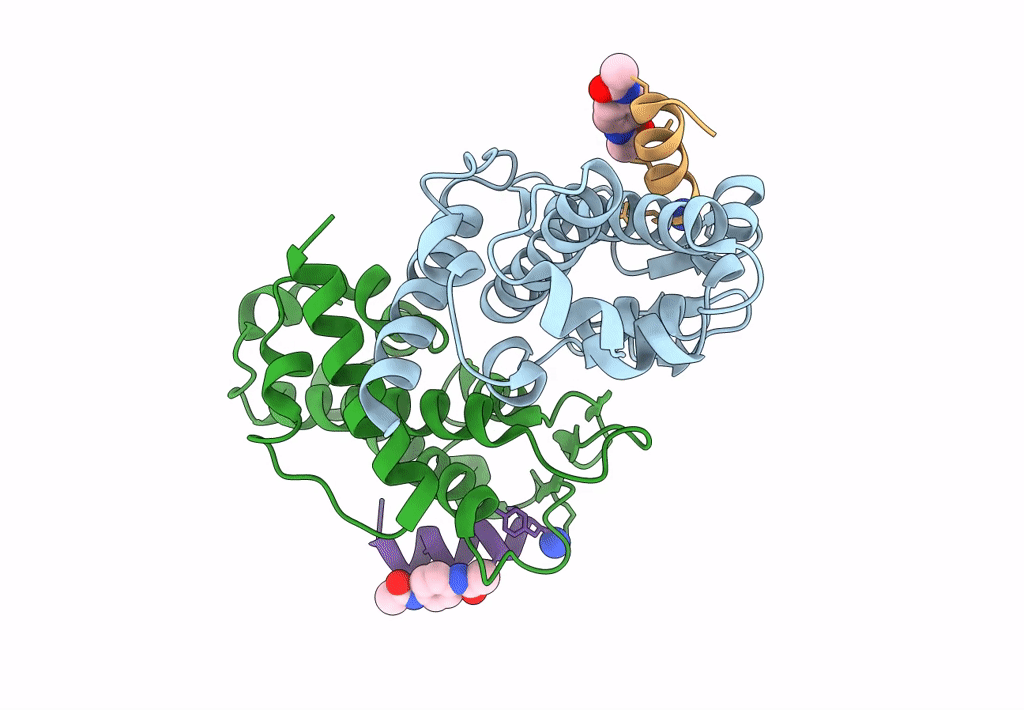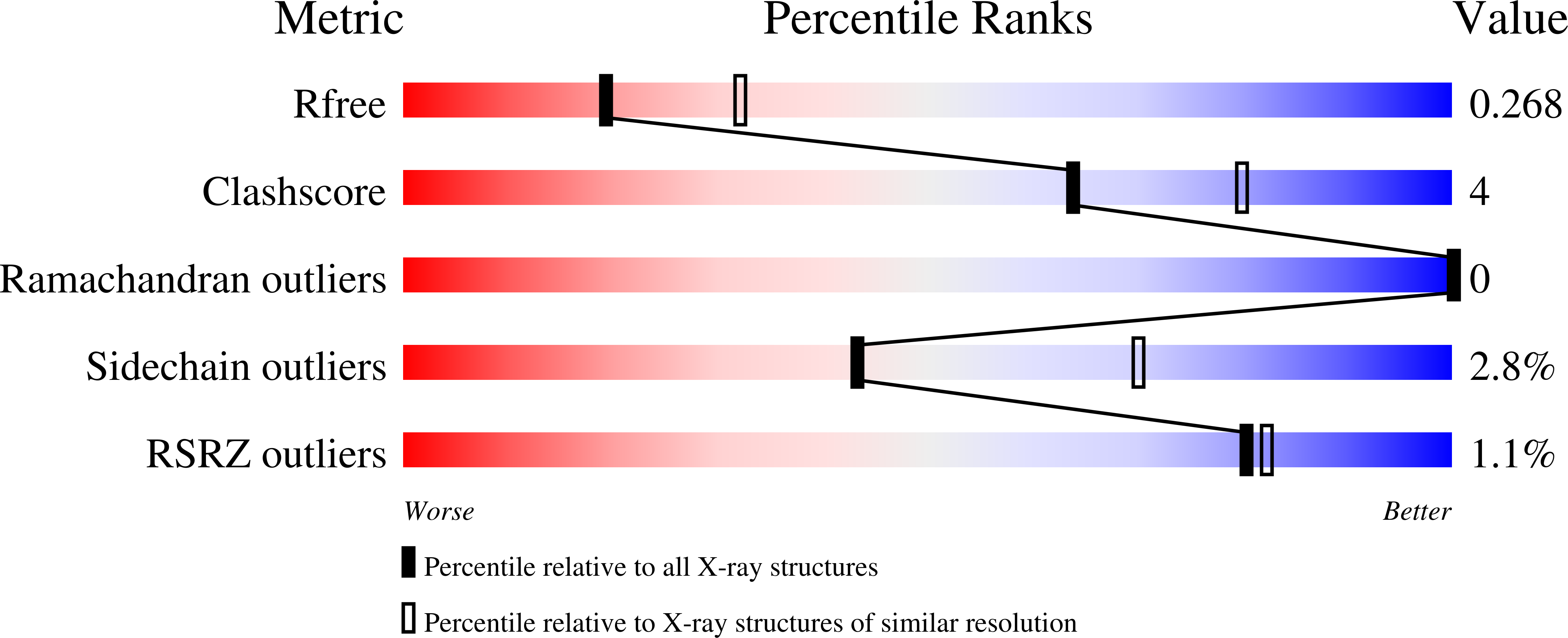
Deposition Date
2022-05-06
Release Date
2022-12-28
Last Version Date
2023-10-25
Entry Detail
PDB ID:
7UY2
Keywords:
Title:
Structure of RNF31 in complex with FP06649, a Helicon Polypeptide
Biological Source:
Source Organism:
Homo sapiens (Taxon ID: 9606)
synthetic construct (Taxon ID: 32630)
synthetic construct (Taxon ID: 32630)
Host Organism:
Method Details:
Experimental Method:
Resolution:
2.51 Å
R-Value Free:
0.27
R-Value Work:
0.21
R-Value Observed:
0.21
Space Group:
P 61


